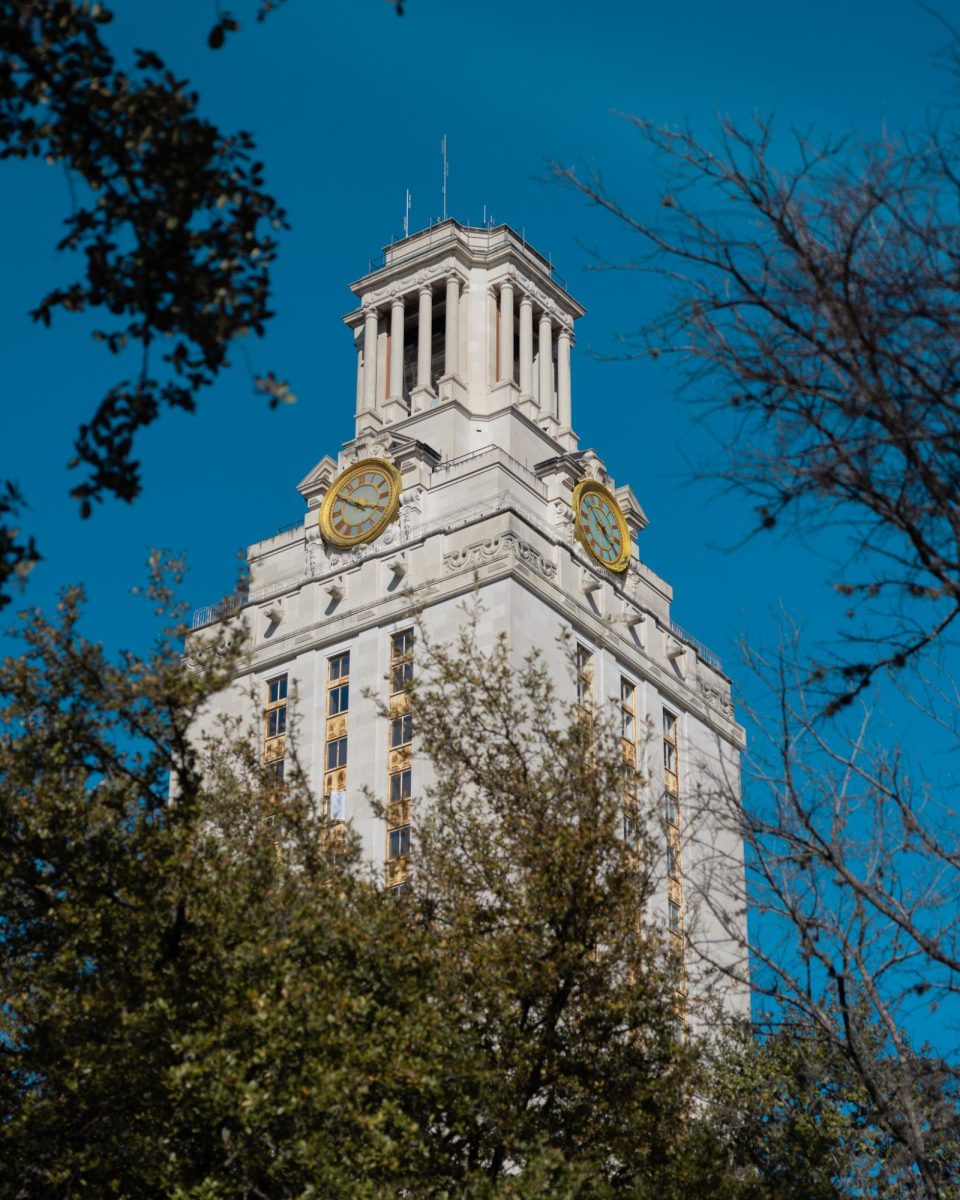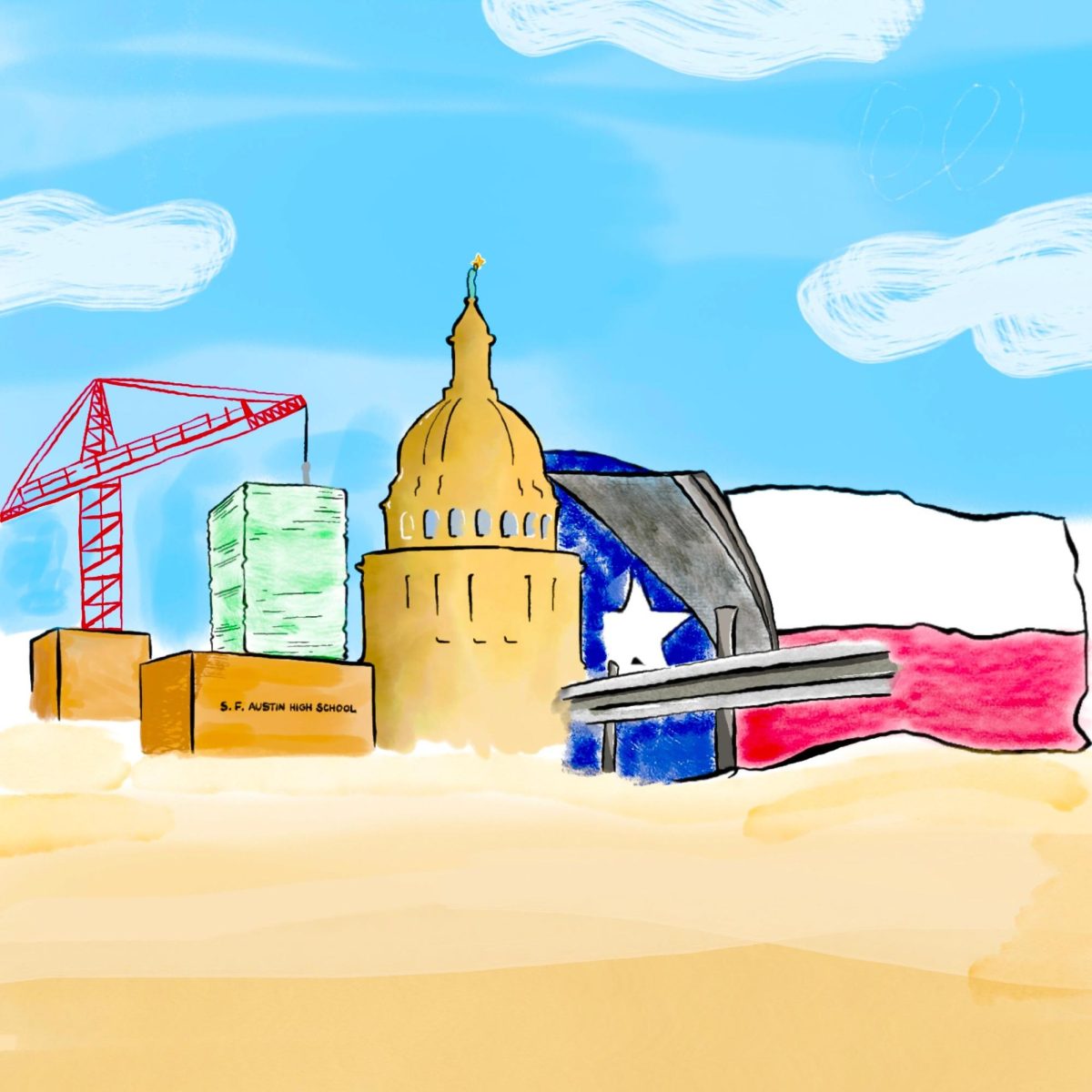Students gathered Tuesday night at the Texas Union for a presentation of research intended to shed more light upon the Islamic culture’s effect on American art.
The Center for Middle Eastern studies at UT hosted Dr. Hussein Rashid, professor of religious studies at Hofstra University, for a seminar on the effect of Islam on American art. The event was sponsored in cooperation with His Highness Prince Aga Khan Shia Imami Ismaili Council for the Southwestern United States.
“There is a popular perception that the Middle East is foreign and different, so this allows students to work backwards and delve into familiar territory while still studying the Middle East,” said Chris Rose, director of Public Engagement at the Center for Middle Eastern studies.
Rashid has done research into how Islamic culture has influenced American culture and art. He discussed music as well as four other aspects — architecture, literary art, graphic art and television.
“I got into art and popular culture because that was the one space people were ignoring,” Rashid said.
Rashid said because music is important to the Islamic culture, Muslim slaves played music on string instruments, which may have influenced rock and blues in the U.S.
Rashid also played clips of several different hip-hip songs during the presentation and discussed how the Muslim call to prayer could be heard in those songs.
Rashid discussed in the seminar how rappers such as Mos Def, Ali Shaheed Muhammad and Lupe Fiasco have used their experiences as growing up as a Muslim in America in their songs. Rashid played a song by Muhammed entitled “I Declare,” a title he said serves a dual purpose as Muhammad raps the U.S Declaration of Independence for the duration of the song, and because the first thing Muslims say in their prayers is “I declare.”
“People listen to these artists without knowing they are Muslim and that knowledge will help change the way people view Muslims,” Rashid said.
The architecture section of the seminar focused on the Moorish influences in buildings across the U.S., while the literary section showed how Muslim writers express their experiences of being Muslim in America through novels and plays.
The graphic art segment showed how more graphic artists use their medium as a way to represent Muslims as a part of America’s population.
Rashid said the group Muslims on Screen and Television did a study of how hate crimes against Muslims increased after episodes of “24” which featured Muslims in a negative light.
“After 9/11, people wanted to see Muslims as the baddies,” Rashid said.
Middle Eastern Studies and International Relations and Global Media sophomore Ariam Macias felt that it brought out new aspects of studying the Middle East.
“I feel that after learning about the importance of Islam in pop culture, I will be more inclined to studying Islam in cartoon episodes, TV shows and music because many things in American media reflect the evolution of Islam in the U.S.,” Macias said.

















